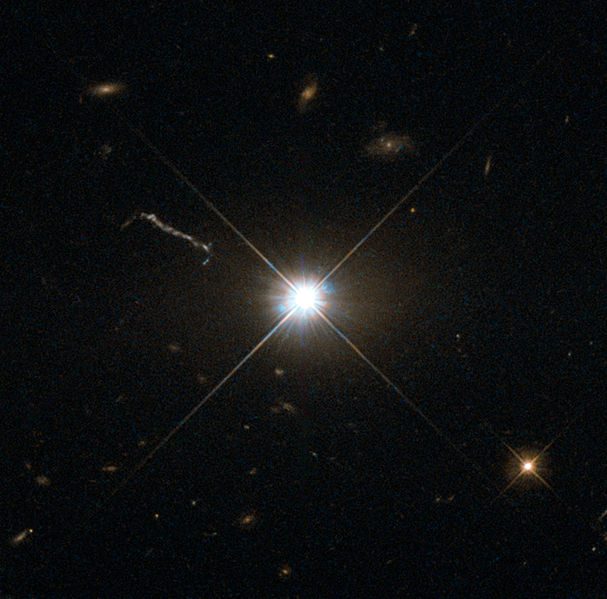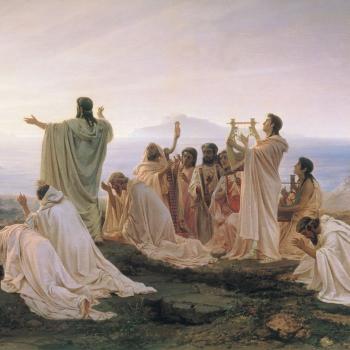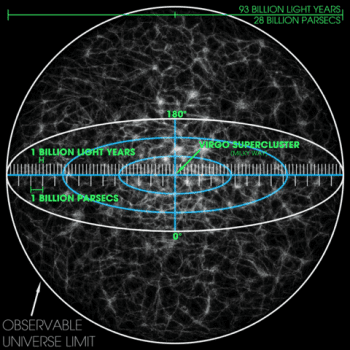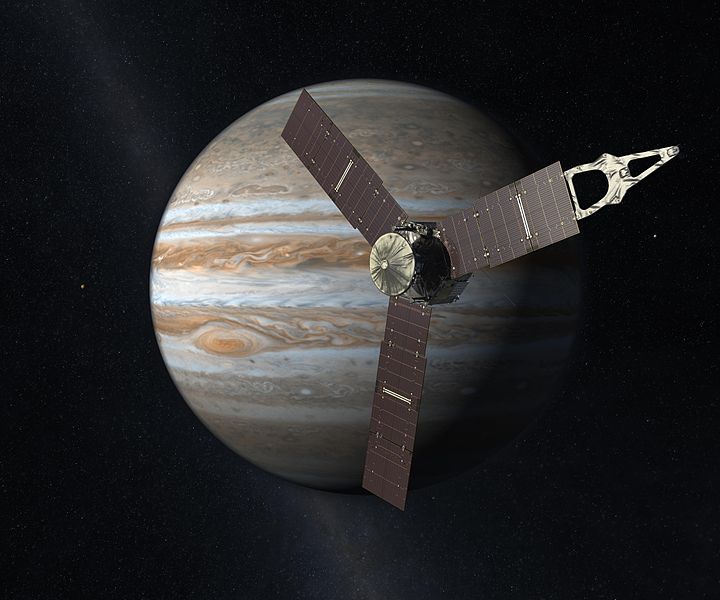
(Image from ESA/Hubble and NASA)
I think that I’ll continue just a bit more with the theme of mind-boggling vastness and wonder that I addressed on Sunday, taking a couple of notes from David Wilkinson, God, Time and Stephen Hawking: An Exploration into Origins (London and Grand Rapids: Monarch Books, 2001):
Galaxies themselves group together in many ways. We are part of some 34 other galaxies which make up the Local Group which is a few million light years across, and this Local Group is on the edge of the Virgo Cluster of several hundred galaxies. The movement of galaxies around one another in such clusters is well described by the force of gravity. The clusters and groups of galaxies are themselves arranged into larger combinations. A sheet-like array of galaxies about 200 million light years away has been discovered and christened ‘Great Wall’. Then there is the ‘Great Attractor’ which through gravity is pulling the entire Virgo Cluster towards it at several hundred kilometres per second. (33-35)
The numbers are so vast, that there are more stars than grains of sand on the beaches of the world.
It is said that a former President of the United States used to go through a ritual to stop himself becoming too proud.
Before going to bed he would go outside the White House and locate the constellation of Pegasus. He would say, ‘One of those lights is the spiral galaxy of Andromeda. It contains one hundred billion stars each the size of our own sun. It is one of one hundred billion galaxies in the universe, each as large as our own Milky Way Galaxy.’ Then he would pause for a moment and say, ‘Now I feel small enough I can go to bed!’ (35-36)
I’m reminded of a ritual that was part of the coronation of popes back when they actually wore papal crowns. (Pope Pius XII, who died in 1958, is the last pope that I can think of who wore one, though his successor, Pope John XXIII, may have received such a crown at the beginning of his papacy.) The crown would be placed on the head of the new pope and then removed, with the cardinal holding the crown saying, in Latin, Sic transit gloria mundi (“Thus passes the glory of the world”). This was repeated three times before the crown was allowed to stay. It makes the same very helpful point.












